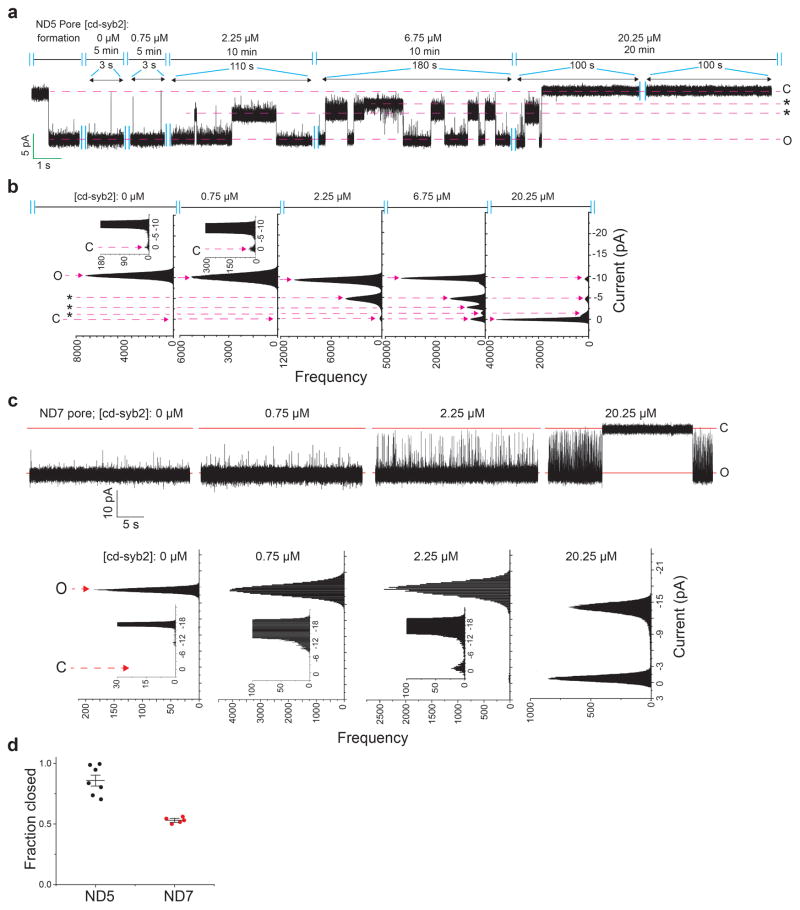Extended Data Figure 7. Closure of fusion pores caused by cd-syb2.
a, Fusion pores were first formed using ND5; cd-syb2 was then added at the indicated concentrations. Partial closure of fusion pores was sometimes observed after addition of cd-syb2, as shown in the representative current trace. b, Current histogram of all data from the 4 out of 11 trials in which partial closure was observed. In the remaining trials, these sub-conductance states were not observed (Fig. 4a). c, Representative recording (top) and current histogram (bottom) of a pore (ΔΨ = −50 mV) formed using ND7, before and after addition of cd-syb2 at the indicated concentrations. d, Fraction of closed pores formed using ND5 and ND7 in the presence of 20.25 μM cd-syb2. Data are presented as mean ± s.e.m..

